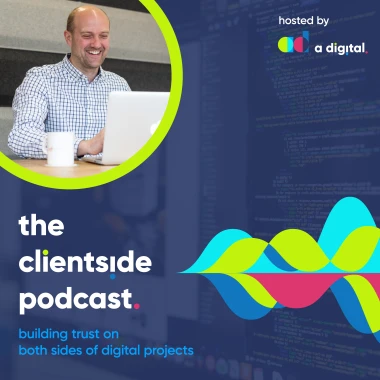
Let's Get Visible with Sapna Pieroux
The Clientside Podcast
45 min Sapna Pieroux
Andrew Armitage talks to designer, author, speaker and mentor, Sapna Pieroux about her 6-step branding process that she explains in her new book, Let's Get Visible! The book has been a number 1 best-selling title in four Amazon categories and promises to help you gain brand clarity, stand out in your industry and supercharge your business growth.
In this episode we talk about Sapna's career that has included advertising across a range of media, including radio, print and events, before moving on to talk about her own VISION process that she works through with her clients. She explains how your own personal values need to be articulated through your brand, and why simply getting a new logo won't cut it, in an age where people don't have the time to think about trying to work out what you stand for.
Listen on your smart device or read the transcript below
Jeff Bezos, CEO of Amazon, famously said that your brand is what people say about you when you're not in the room, and right now, nobody's in the room! So the big question right now is how do people show up?
Sapna Pieroux Tweet

